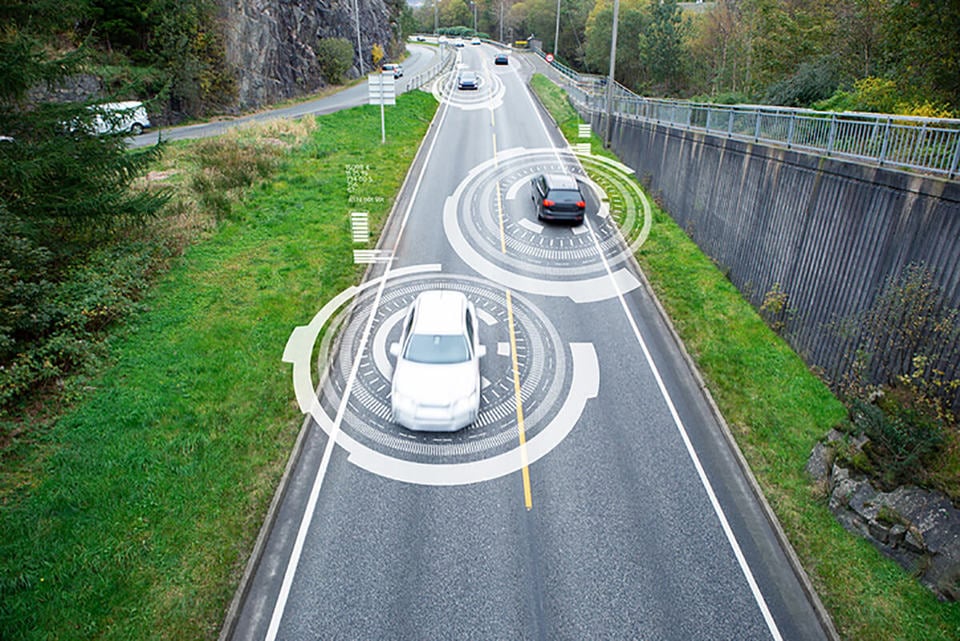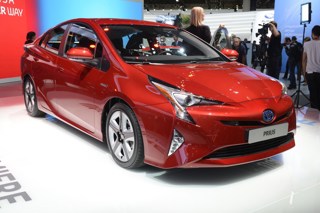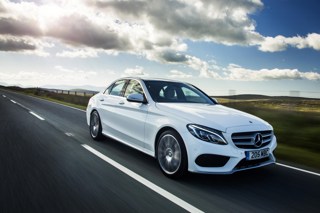Fleet decision-makers are being urged to fit Advanced Driver Assistance Systems (ADAS) to improve road safety and drive down costs.
Crashes involving vehicles are not only costly in terms of ‘bent metal’, but can cause death or injury to occupants and other road users, result in time away from work, cause psychological problems and have a major impact on business efficiency and administration.
“Reducing vehicle off-road time is also a continual focus for all fleets,” said John Pryor, chairman of fleet representative body ACFO.
“Advanced Driver Assistance Systems have a key role to play in not only keeping vehicles on the road and all road users – including employees – safe, but in fleet cost reduction.”
The data shows that almost 1.8 million new vehicles a year are now available with collision warning systems, up 20% on the previous year.
However, there are growing calls for manufacturers to fit safety systems as standard.
“AEB should be standard on all vehicles, across all ranges,” said Pryor. “All available evidence points to its life and injury-saving potential and whether occupying an executive car or a city car there should be no discrimination in terms of the value of an individual’s life.”
However, an expected announcement in March from the European Commission on new legislation mandating the latest safety technologies has now been delayed until May and is unlikely to come into force until September 2020 at the earliest.
EU vehicle safety standards have not been updated since 2009. The European Transport Safety Council (ETSC) says further delays risk the new requirements getting bogged down by European Parliamentary elections next year.
Antonio Avenoso, ETSC executive director, said: “It’s been more than a year since the EU finally announced the 19 new vehicle safety measures that it wants to see made mandatory on new cars in the coming years.
“It’s a fantastic list of technologies that are available now, proven to be effective and affordable to fit. But since then it’s been left in a drawer gathering dust.
“We want to see action now as a crucial first step to getting Europe back on track towards its goal of halving deaths on the road.”
Avenoso says the EU’s favoured technologies, which includes AEB, will also be essential to automated and autonomous driving.
Therefore, getting widespread adoption as early as possible will also help Europe stay ahead in the race to develop self-driving vehicles. “There’s no time to lose,” he said.
The SMMT/Jato report says drivers have access to a raft of new technologies, including AEB, adaptive cruise control (ACC) and lane departure warning (LDW).
AEB, which automatically applies the brakes to avoid or reduce the effects of an impact, is available on more than half (53.1%) of new cars, with a quarter featuring the technology as standard. Overtaking sensors are available to 42.1% of buyers and ACC, which allows the car to slow down and speed up automatically to keep safe pace with the vehicle in front, to 36.2%.
Furthermore, parking assistance technology, including cameras and sensors, is available as standard or an option on 58.8% of new cars.
Pryor said: “ACFO and fleet operators have always welcomed the introduction of additional safety features in vehicles – both passive safety features such as seat belts, airbags, and strong body structures that help reduce the impact of a crash and the new breed of sophisticated active safety systems that prevent the risk of a collision.
“Indeed, many fleets mandate safety features and also use the Euro NCAP crash test ratings system, which now includes driver assistance systems, in the compilation of company car driver choice lists.”
In the United States, carmakers have voluntarily agreed to fit AEB as standard by 2022.
Jan Kozlowski, fleet manager at Tristar Worldwide Chauffeur Services, has seen a massive decline in at-fault accidents thanks to AEB.
“Our Mercedes-Benz fleet is now fitted as manufacturer’s standard with collision prevention assist and has been for the past few years,” he told Fleet News.
“When this technology was new we saw a reduction in at-fault rear impact accidents of some 42% over an initial six-month period which was very significant. Now our executive fleet has this technology fitted as standard.”
Take up of AEB in the UK has been increasing thanks, in part, to the requirement for the system to be fitted to a vehicle in order to achieve Euro NCAP five star rating.
However, only three of the SMMT’s 10 best-selling cars in 2017 had AEB as standard across all trims, while number one seller the Ford Fiesta only offers the life-saving technology as an option.
Gina Willmer, strategy and change underwriter at Aviva, said: “With the benefits to road safety so high we would like to see all new cars including AEB as standard.”
Because Aviva wants to support the uptake of this technology, the insurer does offer discounts to vehicles where AEB is fitted. Customers will also see premiums benefits as they see their claims incidents reduce.
Willmer continued: “Our experience shows ADAS and other aftermarket-fit safety solutions are most beneficial when fleet managers and drivers are engaged with the technology and understand the uses and parameters. This can then lead to improved driver behaviour and reduced claims incidents.”
Thomas Hudd, repair technology centre operations manager at Thatcham Research, also believes AEB should be fitted as standard.
He explained: “People don’t buy safety packs when they’re made available as cost options. The same is true of fleets – optional safety packs are dismissed from a cost perspective. This is exacerbated by the fact that safety kit isn’t factored-in when it comes to a fleet car’s resale value at auction.”
Pryor concluded: “As with anything, it is about balance – the technology contributing to crash reduction outweighing the cost of repair if it breaks down or a vehicle is involved in a collision.”






















Login to comment
Comments
No comments have been made yet.